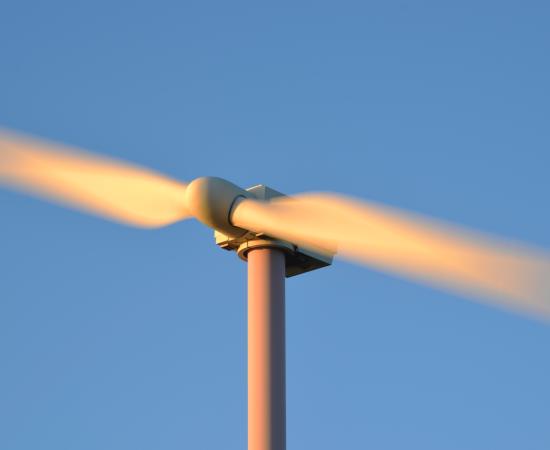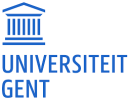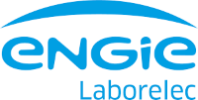
BLEEPID | Towards improved reliability and reduced costs of offshore wind by blade-leading-edge erosion prediction and drone-based inspection
Leading edge erosion of offshore wind blades has drastic impact on maintenance costs and operational energy production and may lead to unwanted microplastics in the environment. Herein, we will develop fundamental image capturing and camera techniques, combined with quantitative wear analysis from experimental erosion testing and multi-physics modelling combining CFD-FSI impact and subsurface fatigue modelling. These advances will enable accurate drone-based inspections of offshore wind blades, and thus optimize maintenance planning and extent the lifetime of the blade.
Context
By 2030, wind energy should yield an annual energy production of 25 TWh green electricity, hereby covering 25-30% of the Belgian electricity demand. Leading-edge erosion (LEE) is a severe erosive wear mechanism which involves progressive material removal from the blade-tip leading edges, due to (sub-)surface fatigue. The repeated highspeed impact of water droplets induces severe pressure shock-waves in the blade material leading to initiation, propagation and coalescence of cracks and eventually material loss, pit formation, delamination and disintegration of the structural integrity. Although wind turbines are designed and built for an operational lifespan of 25 years at maximum energy capacity, current generation of turbines require often extensive maintenance after 5-10 years due to severe LEE and reduced energy production.
Today inspection of wind turbine blades is mostly performed manually by personnel on-site. Drone-based inspections using high-resolution camera techniques become increasingly more popular and may provide valuable data to support such costly decisions concerning maintenance and repair. A lot can be gained since the impact of LEE for the Belgian wind farms is substantial: 1) drastic impact on O&M, (2) energy production loss due to changing drag and lift coefficients and (3) marine pollution due to breaking away of microplastics and polymeric materials.
Goal, approach and results
The project aims to improve the maintenance planning and operation control of offshore wind farms, by using camera-equipped drones to remotely inspect the status of blades and make accurate, quantitative measurements of the erosive wear using accurate images combined with fundamental wear characterization using both experiments and modelling.
Four objectives are identified which contribute to mitigating LEE:
- To develop image-capturing and analysis methods for high-accurate drone-based LEE inspection.
- To contribute to reliable predictive maintenance tools, by developing both adequate data-driven and physics-based models for the description and prediction of the evolution of leading-edge erosion based on a current blade-state and precipitation parameters.
- To provide detailed insight in the interplay of liquid droplet impact on representative leading edge protections using controlled experiments and multi-physics modelling, with the aim to improve those materials in the future or to provide minimum LEP specifications to the wind-park owners.
- To develop a framework and model to evaluate the socio-economic impact of the newly developed LEE detection and prediction models in terms of levelized cost of energy (LCOE) and their carbon footprint. Simulate the socio-economic impact of these new models on the Princess Elisabeth offshore wind farm development zone.
Within the project Sirris develops a framework and model to evaluate the socio-economic impact of the newly developed LEE detection and prediction models in terms of levelized cost of energy (LCOE) and their carbon footprint. The socio-economic impact of these new models will be simulated on the Princess Elisabeth offshore wind farm development zone.
Funding
- Funding framework : ETF Energy transition fund



